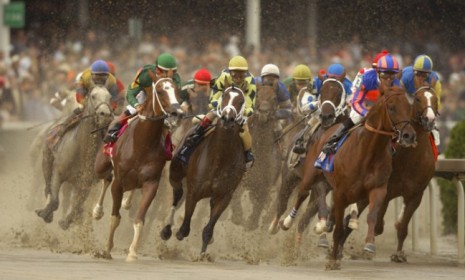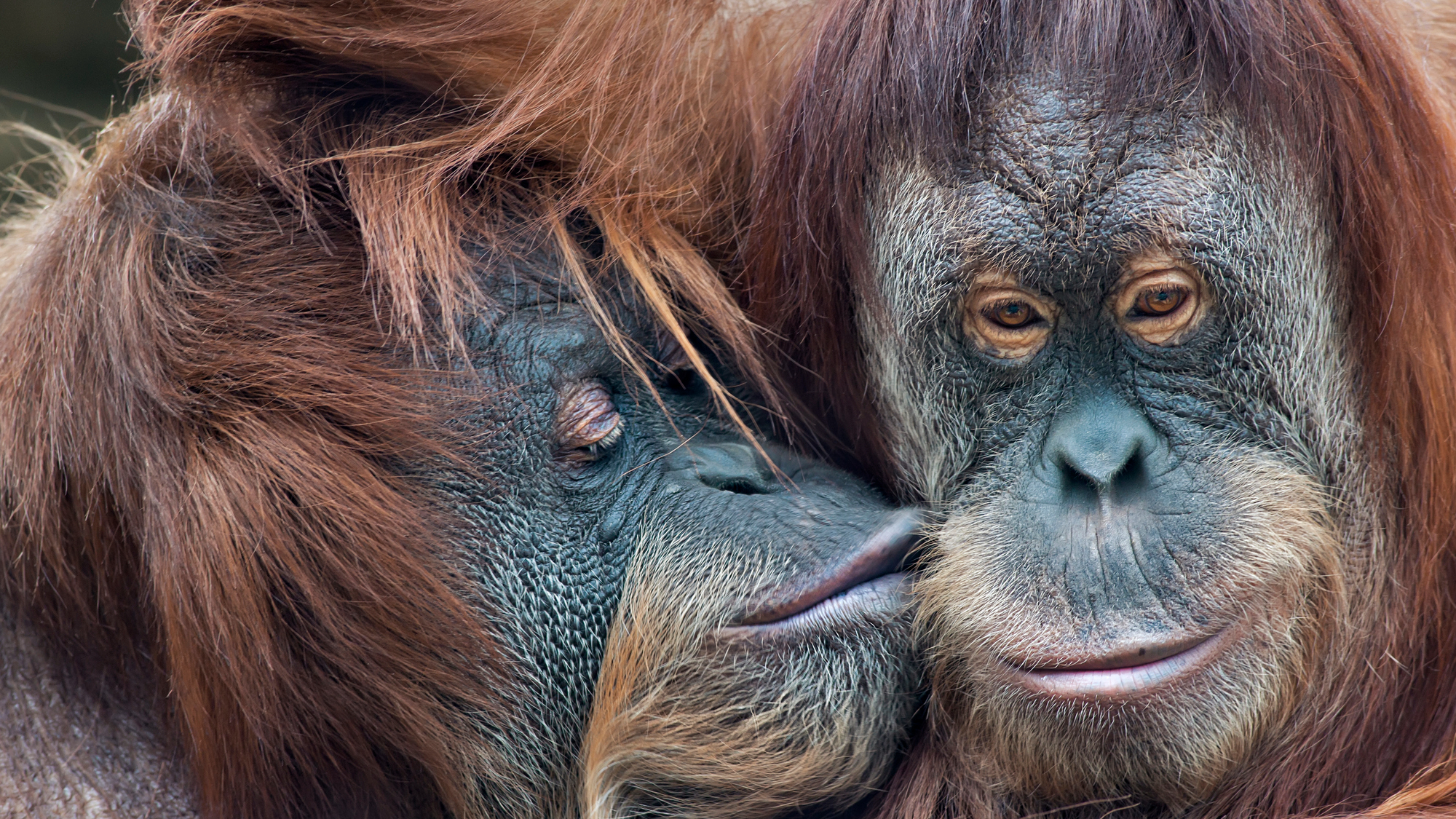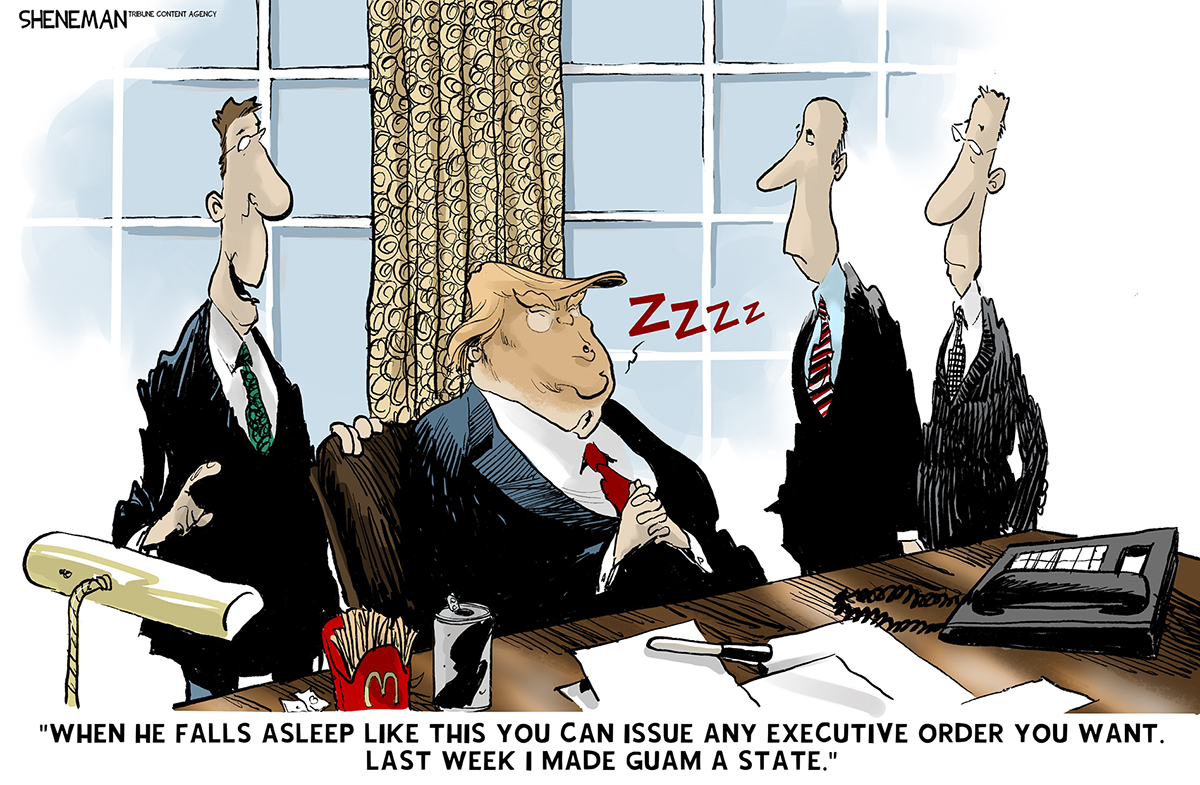The 'deadly' horse-racing industry: 4 disturbing revelations
Racetracks vowed to clean up their act after a Triple Crown tragedy four years ago. But 3,600 more horses have died thanks to reckless and criminal trainers

After the shocking and very public death of the racehorse Eight Belles — euthanized after breaking two ankles on national television at the 2008 Kentucky Derby — the racing industry promised Congress that it would tighten its safety standards. But an investigation by The New York Times found that horses continue to die at an alarming rate. Here, four talking points about horse-racing's "deadly" crisis:
1. It's still common for racehorses to die on the track
The Times found that 3,600 horses have died while racing or training at government-regulated tracks over the last three years. On average, 24 horses die at American racetracks every week. And while many animals die in low-tier races, plenty are killed during big-money contests such as the Kentucky Derby. You don't see humans snapping their legs off running in the Olympics, says Dr. Rick Arthur of the California Racing Board. "But you see it in horse racing."
The Week
Escape your echo chamber. Get the facts behind the news, plus analysis from multiple perspectives.

Sign up for The Week's Free Newsletters
From our morning news briefing to a weekly Good News Newsletter, get the best of The Week delivered directly to your inbox.
From our morning news briefing to a weekly Good News Newsletter, get the best of The Week delivered directly to your inbox.
2. Drugging is a huge part of the problem
After the death of Eight Belles, the industry enacted a ban on anabolic steroids, but that didn't end the problem of drugging. To this day, the Times reports, trainers "illegally pump sore horses full of [such] painkillers to mask injury." Since 2009, trainers at U.S. tracks have been caught trying to cheat by drugging horses 3,800 times. And, since very few horses get tested, that's probably just the tip of the iceberg. Trainers have been known to try everything from Viagra to cobra venom to cancer drugs to give horses an edge or to mask injuries.
3. Many horses shouldn't be racing in the first place
It's the misuse of legal therapeutic drugs, especially painkillers, that "pose the greatest risk to horse and rider," according to the Times. With drugs masking their pain, these animals often run harder than they should, so when accidents happen, injuries can be catastrophic. Researchers in California found that as many as 90 percent of the horses that break down on the track had pre-existing injuries. "We need to be able to pick up on those minor injuries," UC Davis veterinary medicine professor Susan Stover tells the Los Angeles Times.
A free daily email with the biggest news stories of the day – and the best features from TheWeek.com
4. Better regulation would save lives
The Times found that in 150,000 U.S. races from 2009 through 2011, the rate at which an animal was reported to have broken down, gone lame, or been transported off the truck by van was 5.2 per 1,000 starts. At Woodbine Racetrack in Toronto that rate was 1.4 per 1,000 starts. A Woodbine executive tells the Times that Canada's attitude towards medication is not as permissive as America's. In England, where drugs are also more tightly regulated, the breakdown rate is half that of the U.S.
Sources: Los Angeles Times, The New York Times, Newser
-
 The Week contest: Primate peck
The Week contest: Primate peckPuzzles and Quizzes
-
 Paddington: The Musical – a ‘funny, feel-good, family-friendly’ show
Paddington: The Musical – a ‘funny, feel-good, family-friendly’ showThe Week Recommends The cast take a ‘well-known story’ and ‘melt your heart’ with this triumphant production
-
 Political cartoons for December 4
Political cartoons for December 4Cartoons Thursday’s political cartoons include a nap for Donald Trump, rage bait of the year, artificial intelligence turning on its master and more